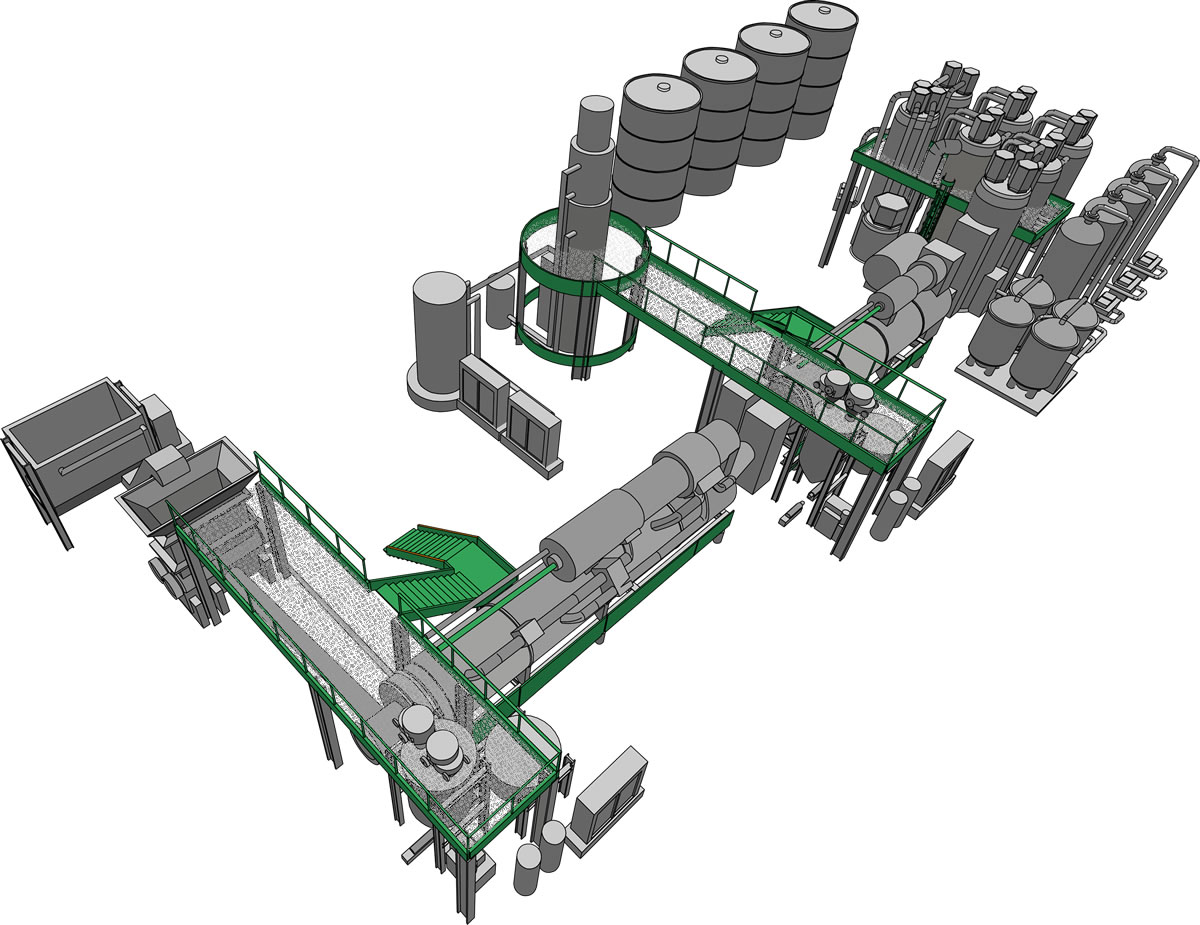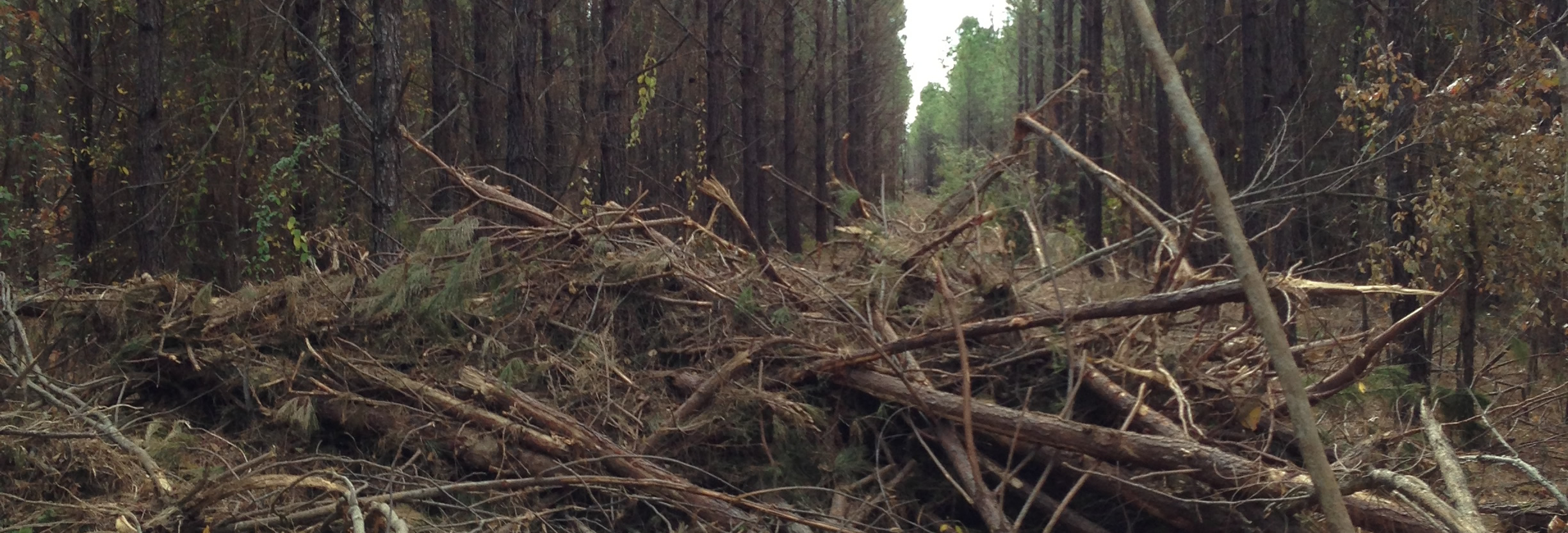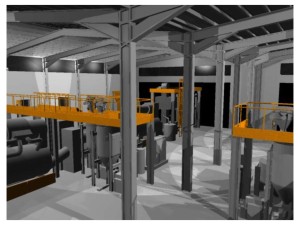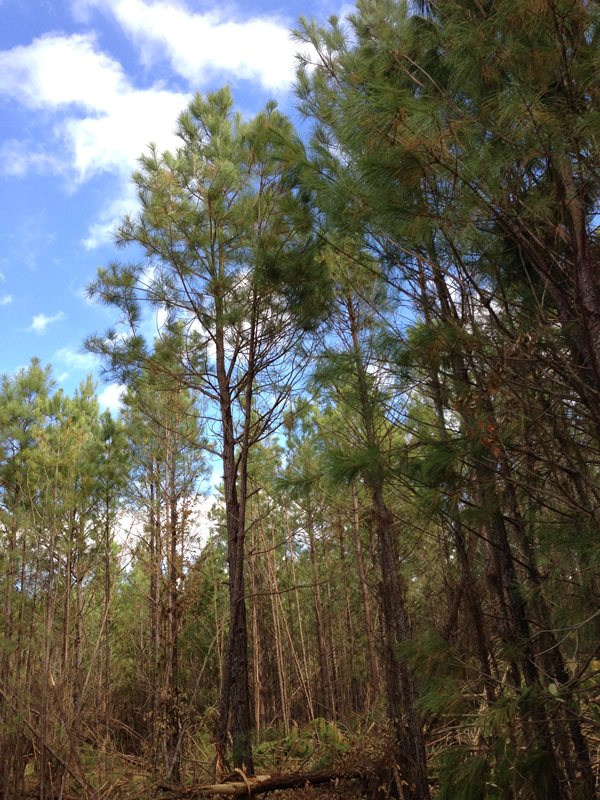SUN RAYS 2 OIL - WOODY BIOMASS TO ADVANCED BIOFUELS
Our Focus on the Excess Woody Biomass Across the Country to Create advanced Bio Fuels
Proven Processes
SR2O Bio Fuels, LLC has developed a process so as to yield three primary products, natural wood oils, activated carbon and biofuels from our production system, all of which have exceptionally attractive returns.
Through the process of proven technologies, we are able to produce products that meet or exceed today’s petroleum standards…and at today’s prices!
Independent Feedstock Supply
SR2O Bio Fuels has created a process that originally was designed to process the invasive tree species of eastern red cedar to capture red cedar oil and create activated carbon. Thru a joint effort with our engineering team and our partners, we have developed a complete system that is woody biomass agnostic. This was key to have the ability to capture specialty oils and bio chemicals from practically any tree species and/or scrap woods and produce a road grade biodiesel, or if desired, specific jet fuel types at todays commodity prices.
Enviromentally Friendly Approach
Our facilities and the technology used offer an environmentally acceptable method to recover these highly valuable wood oils (such as perfumes, insecticides, and cleasing agents), cellulosic activated carbon (used in water filtration, medical drug filtration and the cleasing of sugar) and advanced biofuels such as Naptha, Kerosene, Bio-diesel and Bio-jet fuels.
SR2O Bio Fuels Manufacturing Technologies:
Sun Rays 2 Oil, LLC utilizes 3 main processes in our biofuel facilities to capture the most valuable biofuels, bio chemicals and activated carbon powder.
Process #1: Pyrolytic Steam Extraction
A General Mass Transfer Cycle (GMTC) has been adapted to the continuous steam distillation of essential oils from aromatic plants. The process consists of a totally insulated pneumatic conveying system using superheated steam as a carrier gas, and arranged in such a way as to provide a two stage, counter-current flow of the gas and the solid phase. During the transport, which is made to last for a specific residence contact time, the oil goes into the vapor phase and exits the system with the steam after filtration. Following total condensation of the gas stream, the oil is separated from the water condensate in a gravity separator. The water phase is treated and recycled to the boiler. The dry pulverized stream of spent solids is taken by enclosed auger to either a secondary pyrolysis unit for charring and activation or to a gasifier for conversion to a synthesis gas. All the components and the design characteristics of the system follow the laws of pneumatic conveying, which affords a quick and convenient way of scaling the system up and down.
Process #2: Pyrolysis Charring
Pyrolysis is a thermochemical decomposition of organic material at elevated temperatures in the absence of oxygen. It involves the simultaneous irreversible change of chemical composition and physical phase changes.
The process is used heavily in the chemical industry, for example, to produce charcoal, activated carbon, methanol, and other chemicals from wood, to convert biomass into syngas and biochar; and for transforming medium-weight hydrocarbons from oil into lighter ones like gasoline. These specialized uses of pyrolysis may be called various names, such as dry distillation, destructive distillation, or cracking.
The SR2O system is one of the largest continuous feed systems in the world, and one of the most efficient in hydrocarbon recovery and carbon charring. This is due to an optimized modular design that can be adjusted to compensate for feedstock content and moisture variations to efficiently extract hydrocarbon liquids and gases at optimized quality and then provide consistent solids feedstock to industry standard refinery modules for subsequent liquid fuels processing.
Process #3: Conversion from Solids to Gas and Gas to Liquids
- Gasification—The next phase in the process is taking either the spent woody biomass from the 1st stage pyrolysis or the carbon char from the 2nd stage pyrolysis unit and heating the biomass with oxygen that produces a mixture of carbon monoxide and hydrogen, known as syngas.
- Gas cleanup and conditioning—This produced syngas is then cleaned and conditioned to remove unwanted components including tars that could damage subsequent catalysts.
- Fuel synthesis—The cleaned and conditioned syngas is then catalytically converted to liquid fuels. The catalyst and operating conditions can be changed to improve yields to distributions of different liquid fuel types required by market demands.
- Distillation, Purification—The synthesized fuel is then fractionated by boiling point to extract the base components that will be blended to meet transportation grade fuel specifications for both automotive or aviation grade fuels.

Site Layout
 A typical site layout would include two main buildings, one for additional feedstock processing with a large acreage for holding area, with the other one being used for processing the feedstock to extract the oils, gases and nominal activated carbon. These two buildings would be approximately 90,000 sq.ft. under roof for the feedstock processing facility and about 100,000 sq.ft. under roof for the extraction facility.
A typical site layout would include two main buildings, one for additional feedstock processing with a large acreage for holding area, with the other one being used for processing the feedstock to extract the oils, gases and nominal activated carbon. These two buildings would be approximately 90,000 sq.ft. under roof for the feedstock processing facility and about 100,000 sq.ft. under roof for the extraction facility.
These buildings would house all the support space to make the site virtually “stand alone”. Typical functions that would be housed on site, would include: Process Control rooms, Quality Control Lab, Employee Lunch/Break room and restrooms with showers.

Managed Forestry Land – Removal of Excess Thinnings
- Currently there is no viable market for thinnings in managed forestry lands
- Approximately 5 tons of thinnings are left on the ground per acre
- SR2O has a unique approach in the removal of thinnings and other low value woods to provide for our facilities
Information Request Form
Frequently Asked Questions
Usually questions become very specific to the nature of your municipality’s needs within a conversation. Our FAQ’s questions are simple and are in the top generic questions asked to SR2O.
If you have any questions, comments or needs for your local area, please feel free to contact us.
What type of clients do you work with?
SR2O Establishes our own facilities in areas that we have specifically chosen based upon our knowledge of feedstock. However, we have been approached by City municipalities, County and State agencies about our solutions. We have various methodologies in bringing our technology to your local area along with options for financing a solution that fits your City, County or State.
What is Development time?
Depending upon where you are at in your local development process, and the data available or gathered, SR2O typically sees an 18-24 development cycle to operations of a facility.
Do you have an affiliate program?
At this point and time we do not have anyone except ourselves representing SR2O, or our subsidiary company’s.